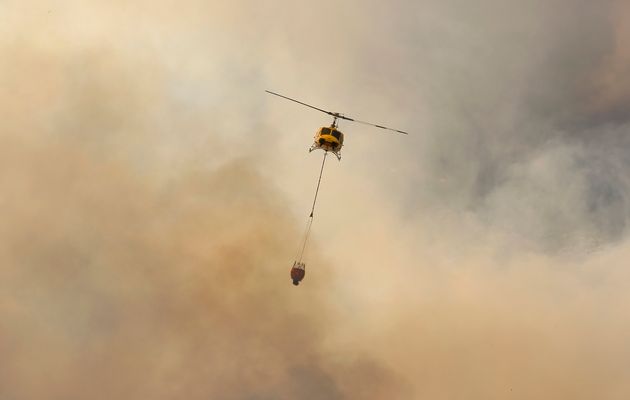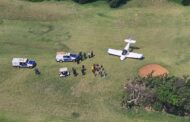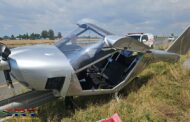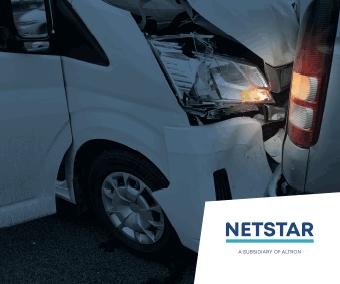The South African Civil Aviation Authority (SACAA) has released the findings of the fatal accident of Working on Fire (WoF) pilot, Mr Hendrik “Bees” Marais, which took place on 08 March 2015. The Department of Environmental Affairs’ implementing agent, Kishugu (Pty) Ltd, informed the department that they acknowledge the release of the SACAA accident report which was made available to Department of Environmental Affairs (DEA) on 8 January 2016.
This document is a public document on the SACAA website, however it must be pointed out that there is no truth in the allegations, as reported in some publications, that the Department of Environmental Affairs has rejected the report of the SACAA. The department is committed to a safe working environment for everyone working in its programmes. It will therefore never reject a legitimate report from the SACAA.
Some of the aspects highlighted by SACAA that are being followed up by the Implementing Agent are as follows:
Probable cause of the accident was that the pilot was unable to regain control of the helicopter following a loss of tail rotor thrust, which was caused by fracture of control cable during flight, followed by failure of tail rotor drive shaft.
Contributory factors were:
- A cable fractured due to mechanical wear at pulley location. This occurred 52 days or 64.5 flying hours after last daily inspection of cable recorded.
- Failure of maintenance organisation (AMO) and personnel to follow required maintenance procedures (daily inspections). This should be regarded as a significant contributory factor to this accident.
- The report also found that the pilot did not land immediately after the chip warning light came on, as advised by the other helicopter pilot who was talking to the deceased pilot by radio and as stipulated in the pilots’ operating manual for this helicopter in the event of the chip detector warning light coming on.
- The report also mentioned that the fact that the bambi bucket was deployed in the positioning flight from Newlands to Cape Point, likely contributed to the lack survivability once the helicopter experienced the loss of tail rotor.
The Kishugu management team is studying the findings and recommendations that were made by SACAA in this accident report and will have started to conduct a formal review process which started on Monday the 18th of January 2016 to address areas not already attended to, at this stage.
The department is being kept fully informed by the implementing agent. Part of this review process is a further review which will be conducted by an experienced American Huey aircraft accident investigator, who is scheduled to be in South Africa in the first two weeks of February 2016.
Both the department and Kishugu are committed to giving our full co-operation to SACAA, to maintain the professional relationship we have with them. The Department is also seeking advice from third parties to address these matters professionally.
Last year, during the suspension of FFA Aviation’s AOC (Aircraft Operating Certificate) and FFA AMO (Aircraft Maintenance Organisation), a number of issues and recommendations were made and have already been addressed by these two companies. All Kishugu’s/FFA Aviation’s aircraft underwent a very rigorous Five Phase Process with the SACAA as required by the International Civil Aviation Organisation (ICAO) to re-certify our aircraft. This process has now been successfully completed, and the AOC and AMO licences have been re-issued, and the aircraft have been cleared for aerial duty.
Both the Department and the implementing agent are committed to live up to the promise to be committed to saving lives, protecting the environment and property from wildland fires. Both parties are doing everything possible to ensure that these matters are resolved in an efficient and effective manner to ensure as little as possible disruption to our partners.
DEA is equally sure that the resultant aviation operation, which has emerged after this process and going into the future, will measure up to and exceed international standards in this inherently hazardous area of operational flying.


























